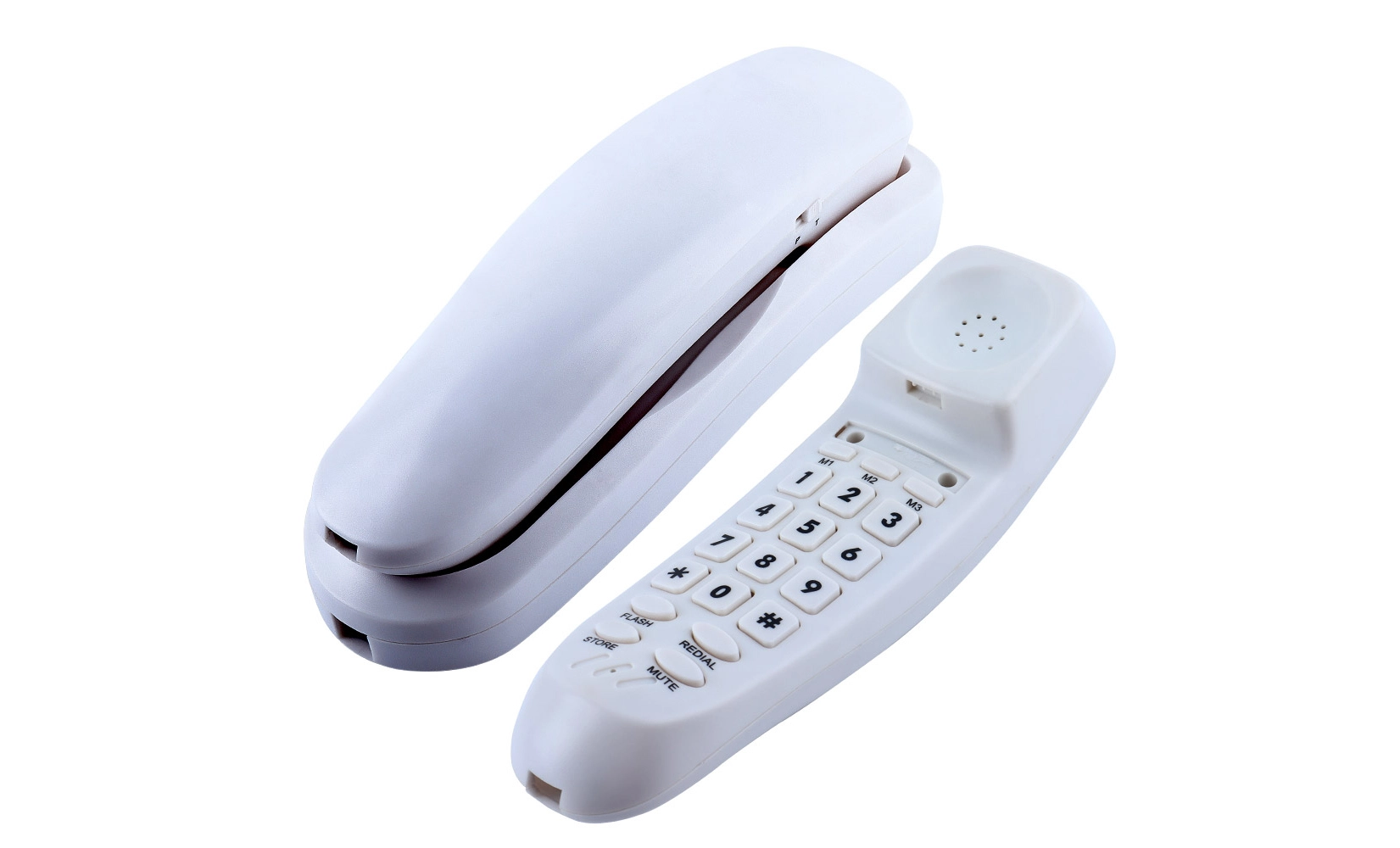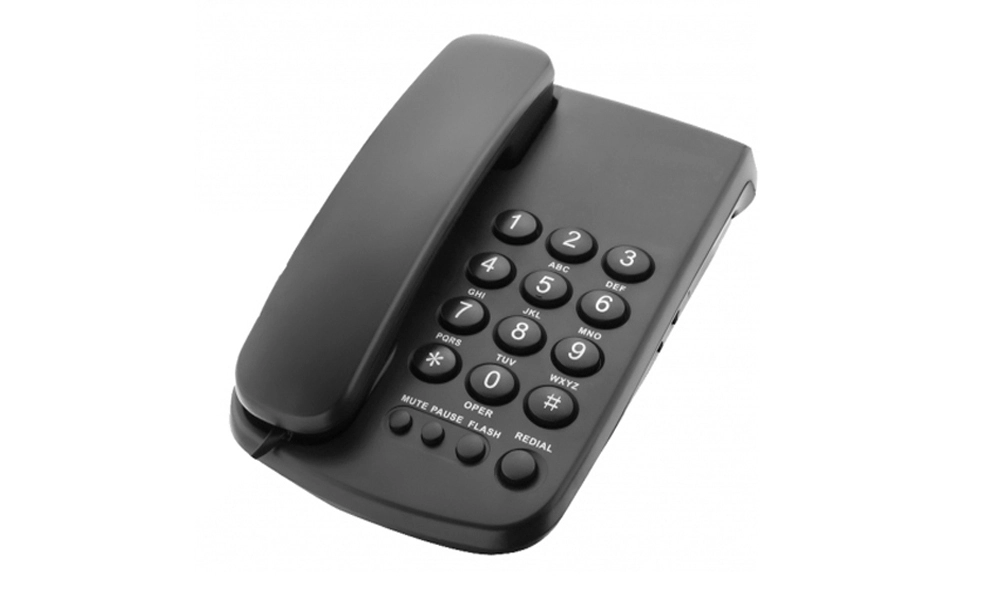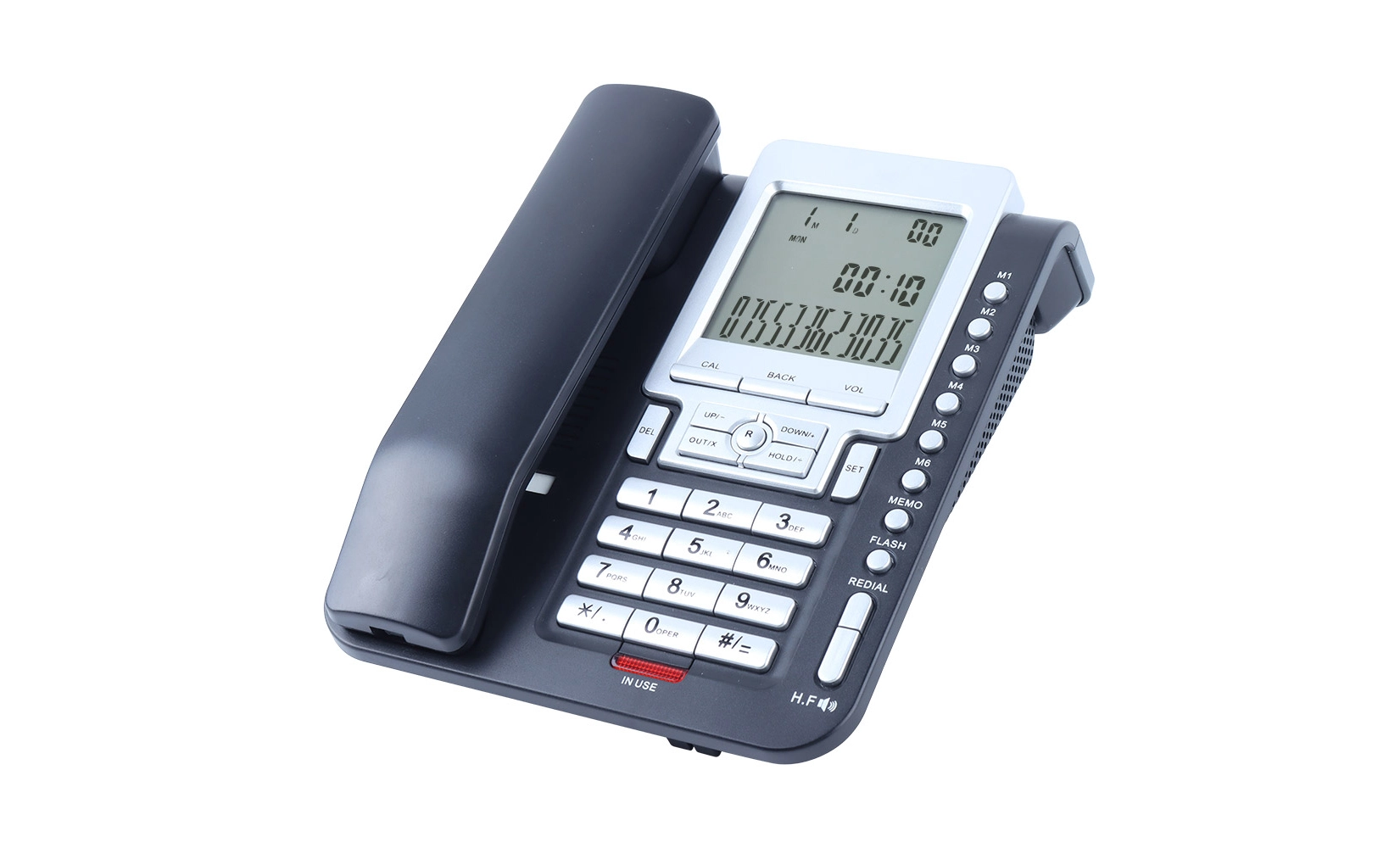Understanding Medical-Grade Phones and Their Certifications
What Are Medical-Grade Phones?
Medical-grade phones are specialized communication devices designed specifically for use in healthcare settings. These telephones are engineered to meet the unique demands of hospitals, clinics, and other medical facilities. Unlike standard consumer phones, medical-grade devices are built to withstand rigorous use, frequent disinfection, and potential exposure to various substances commonly found in healthcare environments.
Key features of medical-grade phones include:
- Antimicrobial surfaces to inhibit the growth of bacteria
- Enhanced durability to withstand frequent cleaning and disinfection
- Clear audio quality for accurate communication
- Compatibility with medical equipment and hospital communication systems
- Ergonomic design for ease of use in clinical settings
These specialized telephones serve as vital tools in various healthcare scenarios, from patient rooms and nursing stations to operating theaters and emergency departments. Their robust construction and tailored features make them indispensable for ensuring seamless communication in critical healthcare environments.
The Significance of UL and CE Certifications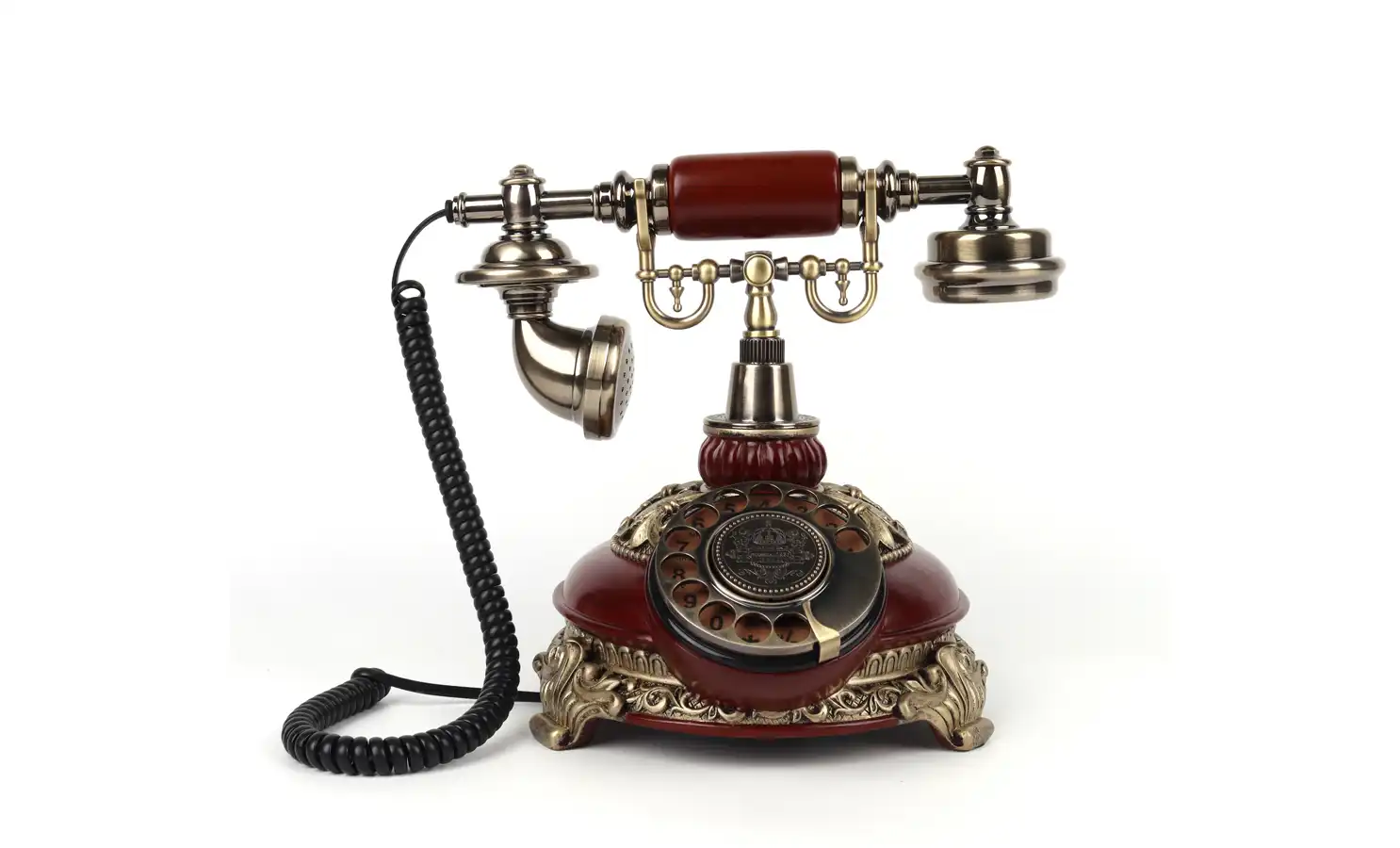
UL (Underwriters Laboratories) and CE (Conformité Européenne) certifications are globally recognized marks of safety and quality. For medical-grade phones, these certifications hold particular importance:
UL Certification:
- Demonstrates compliance with stringent safety standards in North America
- Involves rigorous testing of electrical safety, fire resistance, and overall product quality
- Ensures the device meets specific performance criteria for medical environments
CE Certification:
- Indicates conformity with health, safety, and environmental protection standards in the European Economic Area
- Covers aspects such as electromagnetic compatibility and electrical safety
- Allows for free movement of the product within the European market
These certifications provide assurance to healthcare providers that the medical telephone they are using meets the highest standards of safety and performance. They are not merely bureaucratic requirements but are vital indicators of a product's suitability for use in sensitive medical environments.
The Certification Process
Obtaining UL and CE certifications for medical-grade phones involves a comprehensive process:
1. Design Evaluation: Manufacturers must submit detailed product designs and specifications for review.
2. Testing: The phones undergo extensive testing for safety, performance, and compatibility with medical equipment.
3. Documentation: Comprehensive technical files and user manuals are required to demonstrate compliance.
4. Quality Management: Manufacturers must implement and maintain robust quality management systems.
5. Ongoing Compliance: Regular audits and tests ensure continued adherence to standards.
This rigorous process ensures that certified medical telephones maintain their high standards throughout their lifecycle, providing reliable service in critical healthcare settings.
 Benefits of Using Certified Medical-Grade Phones in Healthcare Settings
Benefits of Using Certified Medical-Grade Phones in Healthcare Settings
Enhanced Safety and Infection Control
One of the primary advantages of using certified medical-grade phones is their contribution to safety and infection control within healthcare facilities. These specialized devices are designed with features that significantly reduce the risk of cross-contamination and the spread of healthcare-associated infections:
- Antimicrobial Surfaces: Many certified medical telephones incorporate antimicrobial materials in their construction. These surfaces actively inhibit the growth and spread of bacteria, viruses, and fungi, reducing the risk of pathogen transmission between users.
- Easy-to-Clean Design: The smooth, sealed surfaces of medical-grade phones are specifically designed to withstand frequent cleaning and disinfection without degradation. This feature allows for thorough sanitization between uses, further enhancing infection control measures.
- Resistance to Chemicals: UL and CE-certified phones are tested for compatibility with common hospital-grade disinfectants, ensuring that regular cleaning does not compromise the integrity or functionality of the device.
By incorporating these safety features, certified medical telephones play a crucial role in maintaining a hygienic environment, ultimately contributing to better patient outcomes and staff safety.
Reliability and Durability in Demanding Environments
Healthcare settings present unique challenges for communication equipment. Certified medical-grade phones are built to withstand these demanding conditions:
- Robust Construction: These devices are designed to endure frequent use, accidental drops, and exposure to various substances commonly found in medical environments.
- Moisture Resistance: Many models offer protection against spills and high humidity, ensuring continued functionality in various clinical scenarios.
- Long Operational Life: The durable construction and high-quality components used in certified medical telephones result in extended operational lifespans, reducing the need for frequent replacements and minimizing downtime.
The reliability of these devices ensures that healthcare professionals have consistent access to communication tools, even in high-stress or emergency situations.
Compatibility with Medical Equipment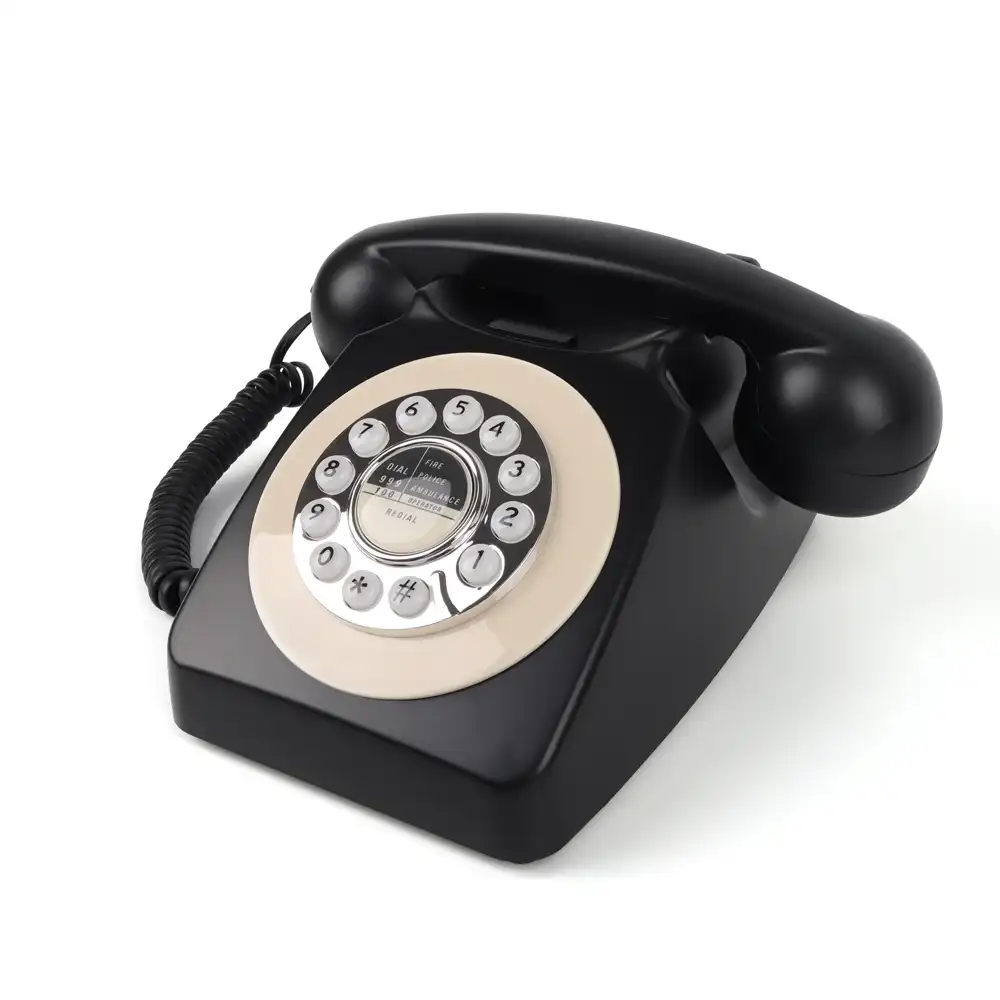
A critical aspect of certified medical-grade phones is their compatibility with other medical equipment:
- Electromagnetic Compatibility (EMC): UL and CE certifications ensure that these phones do not interfere with sensitive medical devices such as pacemakers, infusion pumps, or monitoring equipment.
- Integration with Hospital Systems: Many certified medical telephones are designed to integrate seamlessly with existing hospital communication systems, including nurse call systems and electronic health records.
- Specialized Features: Some models include features tailored for healthcare use, such as priority lines for emergency calls or integration with patient monitoring systems.
This compatibility ensures that the use of these phones does not compromise the function of other critical medical equipment, maintaining a safe and efficient healthcare environment.
Legal and Regulatory Compliance
Using certified medical-grade phones helps healthcare facilities meet various legal and regulatory requirements:
- HIPAA Compliance: Many certified models include features that support compliance with patient privacy regulations, such as secure lines or integration with encrypted communication systems.
- Risk Management: The use of certified equipment demonstrates due diligence in risk management practices, potentially reducing liability in case of incidents.
- Accreditation Standards: Healthcare accreditation bodies often require the use of certified equipment, including communication devices, as part of their assessment criteria.
By choosing UL and CE-certified medical telephones, healthcare providers can ensure they are meeting the necessary regulatory standards, avoiding potential legal issues and maintaining their accreditation status.
Implementing Certified Medical-Grade Phones in Healthcare Facilities
Assessing Facility Needs
Before implementing certified medical-grade phones, healthcare facilities should conduct a thorough assessment of their communication needs:
- Usage Patterns: Analyze how and where phones are used within the facility. Different areas may require different features or levels of durability.
- Integration Requirements: Determine how the new phones need to integrate with existing systems, such as nurse call or paging systems.
- Infection Control Protocols: Consider the facility's specific infection control requirements and how they impact phone selection and usage.
This assessment ensures that the chosen medical telephones align with the facility's operational needs and safety protocols.
 Training and Education
Training and Education
Proper training is essential for maximizing the benefits of certified medical-grade phones:
- Usage Guidelines: Develop clear guidelines for proper use, including cleaning procedures and handling protocols.
- Feature Utilization: Ensure staff are trained on all relevant features, particularly those that enhance patient care or safety.
- Troubleshooting: Provide basic troubleshooting training to minimize downtime and reliance on technical support.
Comprehensive training programs help ensure that staff can fully leverage the capabilities of these specialized communication devices, enhancing overall efficiency and safety.
Maintenance and Replacement Strategies
To maintain the integrity and performance of certified medical-grade phones, healthcare facilities should implement robust maintenance and replacement strategies:
- Regular Inspections: Schedule routine checks to ensure devices are functioning correctly and show no signs of wear or damage.
- Cleaning Protocols: Establish and enforce strict cleaning and disinfection procedures to maintain hygiene standards and prolong device life.
- Replacement Planning: Develop a timeline for device replacement, considering both the expected lifespan of the phones and evolving technology standards.
Proactive maintenance and timely replacement ensure that the medical telephone system remains effective, compliant, and supportive of the facility's communication needs.
Continuous Evaluation and Improvement
The implementation of certified medical-grade phones should be an ongoing process of evaluation and improvement:
- User Feedback: Regularly collect feedback from staff on the performance and usability of the phones.
- Performance Metrics: Monitor key performance indicators such as call quality, device uptime, and infection control efficacy.
- Technology Updates: Stay informed about advancements in medical communication technology and assess their potential benefits for the facility.
This continuous improvement approach ensures that the medical telephone system evolves with the changing needs of the healthcare facility and advances in technology.
Conclusion
UL-certified and CE-certified medical-grade phones are more than just communication tools; they are essential components of a safe, efficient, and compliant healthcare environment. These specialized devices offer enhanced safety features, improved durability, and seamless integration with medical systems, making them indispensable in modern healthcare settings. By implementing certified medical telephones, healthcare facilities can ensure reliable communication, support infection control efforts, and meet regulatory requirements.
Certified safe phones for clinical environments | CHEETA
CHEETA, a leading manufacturer of analog telephones, offers a range of certified safe phones ideal for clinical environments. With 18+ years of OEM/ODM expertise, our 1,200㎡ facility produces 1,000 units daily, all adhering to CE and ROHS standards. Our rigorous 11-step inspection process ensures a failure rate below 1%. We specialize in slimline, compact, and wall-mountable phones perfect for healthcare settings.
Our devices feature practical layouts, clear audio, and are compatible with hearing aids. CHEETA's commitment to quality, combined with our ability to offer full customization, makes us an ideal partner for healthcare facilities seeking reliable, certified communication solutions. For more information on our medical-grade telephone options, please contact us at allen@cheeta.com.cn.

 In the fast-paced world of healthcare, communication is paramount. UL-certified and CE-certified
In the fast-paced world of healthcare, communication is paramount. UL-certified and CE-certified 

